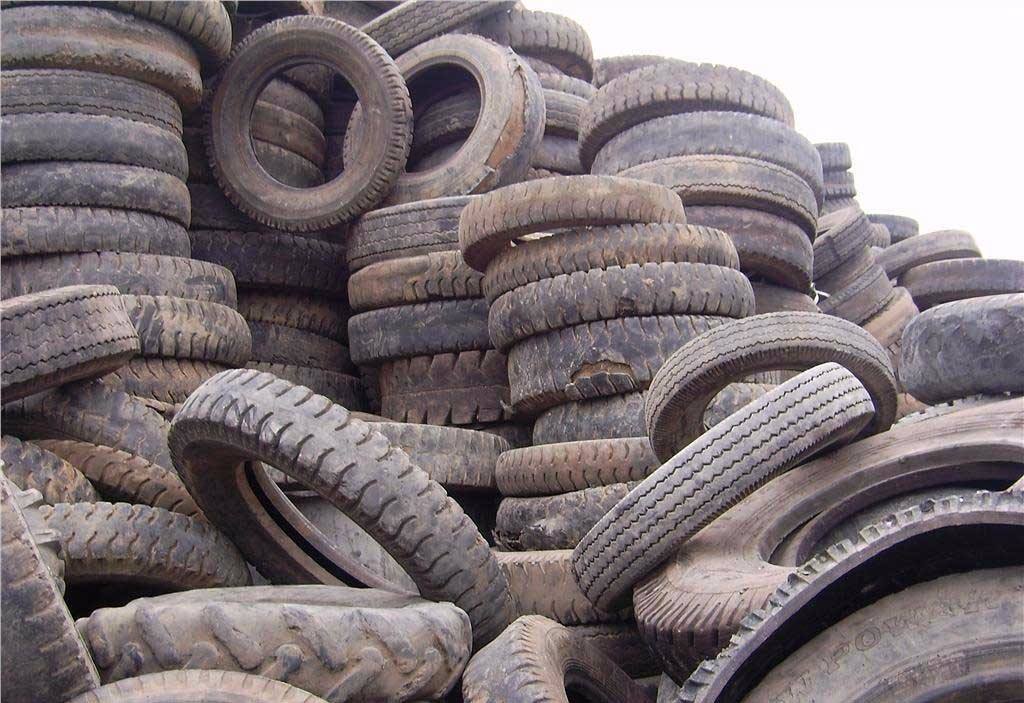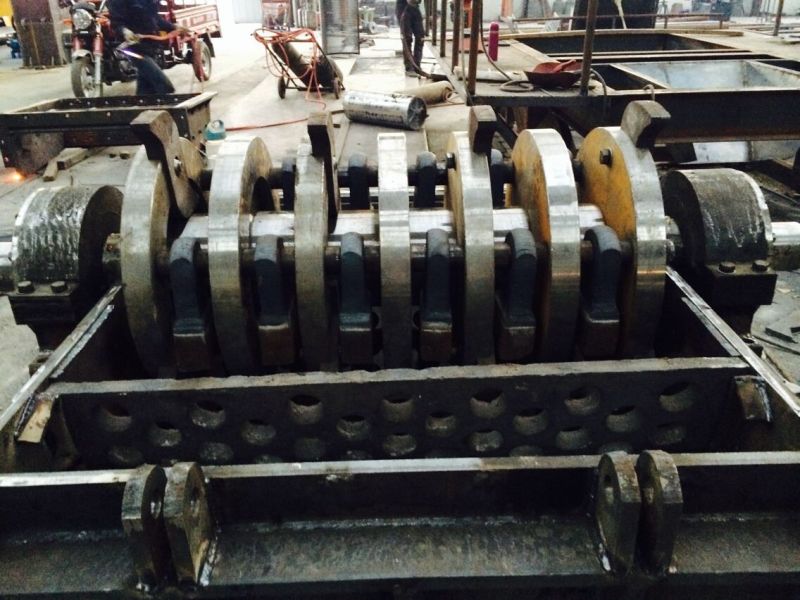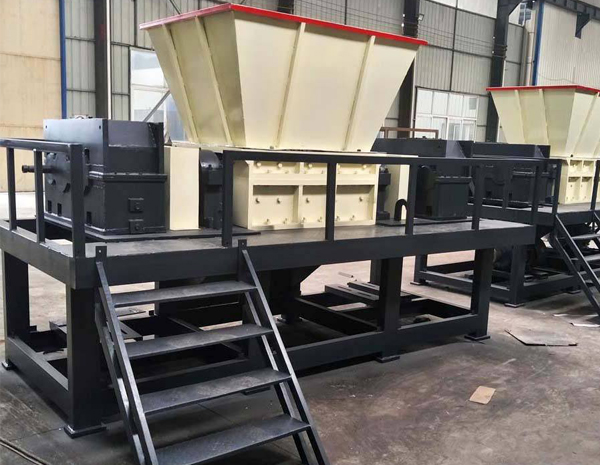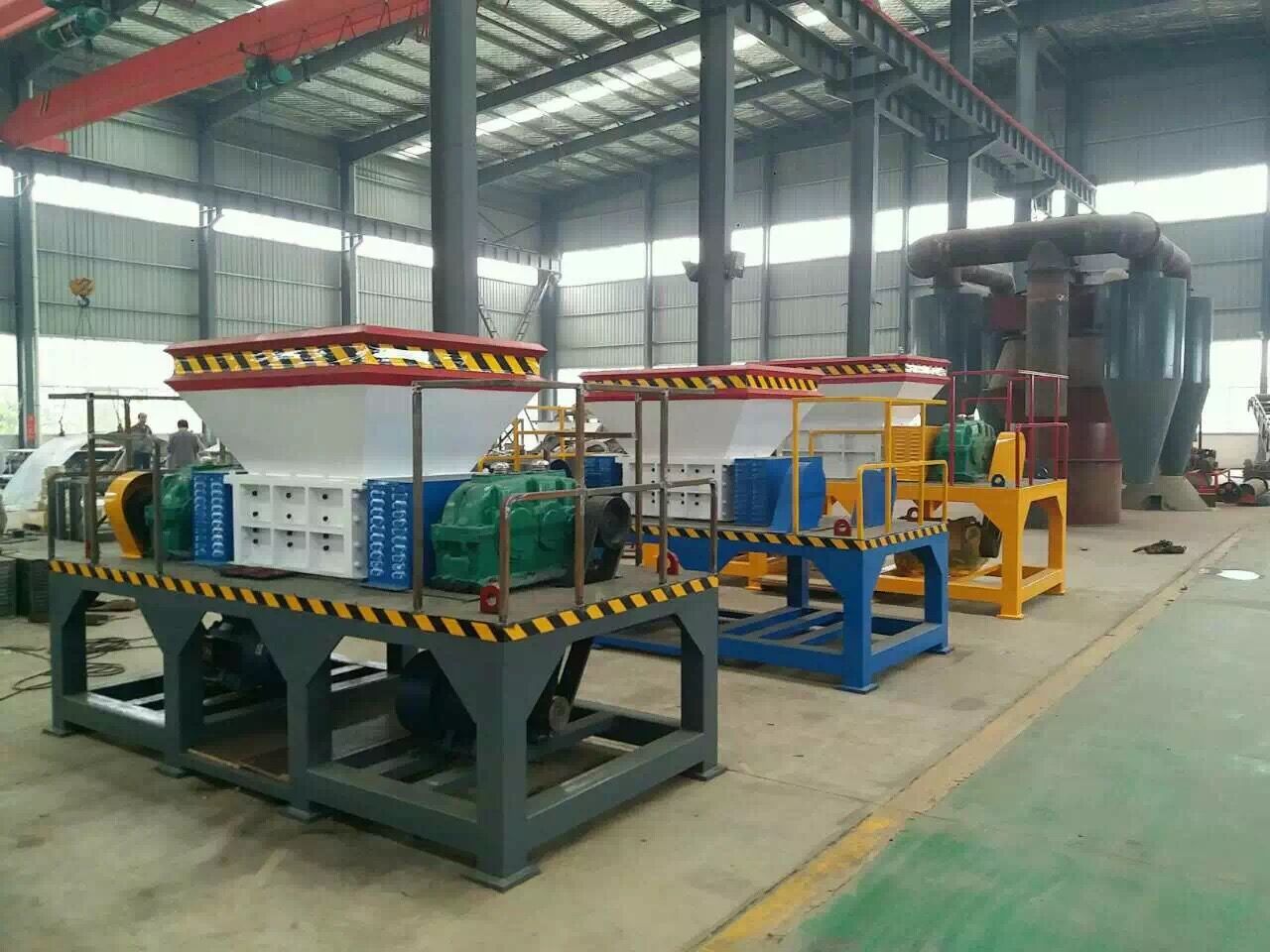
Tire shredders stand as indispensable tools in the realm of waste tire management, offering an effective solution for the disposal and recycling of end-of-life tires. These robust machines are engineered to tackle the formidable challenge of reducing bulky tires into smaller, more manageable fragments, thereby facilitating subsequent processing and recycling efforts. Let’s embark on a journey to explore the inner workings and significance of tire shredders in the sustainable management of tire waste.
1. Frame and Construction: At the heart of every tire shredder lies a robust frame constructed from durable materials such as steel or reinforced alloys. This sturdy framework provides structural integrity and stability, allowing the shredder to withstand the substantial forces exerted during the shredding process. Encased within this formidable structure, the shredding components operate harmoniously to achieve efficient tire reduction.
2. Cutting Mechanism: The cutting mechanism is the powerhouse of the tire shredder, comprising a rotating drum or shaft equipped with sharp blades or teeth. These cutting elements, typically made from hardened steel or alloy, are strategically positioned to pierce and shred the resilient rubber material of tires effectively. As the drum rotates at high speed, the blades exert tremendous force on the tires, slicing them into smaller pieces with precision and efficiency.
3. Feed System: To facilitate the continuous processing of tires, tire shredders employ a reliable feed system designed to introduce tires into the cutting mechanism efficiently. Depending on the specific design, this feed system may utilize conveyors, hydraulic pushers, or gravity-fed mechanisms to transport tires into the shredding zone. Proper alignment and coordination are essential to ensure a steady flow of tires and optimize shredder performance.
4. Size Reduction and Output Control: Within the shredding chamber, the tires undergo a transformative journey as they are gradually reduced into smaller fragments. Adjustable screens or grates within the chamber regulate the size of the shredded output, allowing for customization based on specific application requirements. This size control mechanism ensures consistency in the shredded material and facilitates subsequent processing steps such as sorting and recycling.
5. Drive System: Powering the operation of the tire shredder is a robust drive system comprising motors, gearboxes, and transmission components. High-torque electric motors provide the necessary power to drive the cutting mechanism, while precision-engineered gearboxes ensure efficient power transmission and rotor rotation. The drive system operates seamlessly to maintain consistent shredding performance, even when processing large volumes of tires.
6. Safety Features and Control Systems: Safety remains paramount in tire shredder operation, with advanced control systems and safety features incorporated to safeguard both operators and equipment. Programmable logic controllers (PLCs) or computerized control panels monitor various parameters such as rotor speed, feed rate, and system diagnostics, ensuring optimal performance and preventing potential hazards. Emergency stop buttons, interlocks, and overload protection mechanisms further enhance safety and mitigate risks associated with equipment malfunction.
7. Maintenance and Accessibility: Like any industrial machinery, tire shredders require regular maintenance and servicing to sustain optimal performance and longevity. Access panels, service doors, and removable covers facilitate easy access to critical components for inspection, cleaning, and maintenance tasks. Scheduled maintenance routines, including blade sharpening or replacement, lubrication of moving parts, and inspection of wear surfaces, are essential to maximize shredder efficiency and minimize downtime.
In conclusion, tire shredders play a pivotal role in the sustainable management of tire waste, offering a viable solution for the disposal and recycling of end-of-life tires. Through their robust construction, precision cutting mechanisms, and advanced control systems, tire shredders exemplify the ingenuity of engineering in addressing environmental challenges. As tire recycling efforts continue to gain momentum worldwide, tire shredders remain indispensable assets in the quest for a greener and more sustainable future.




